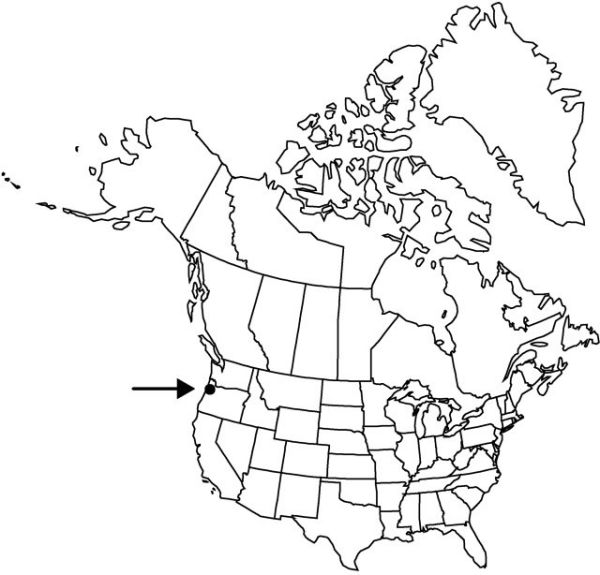Difference between revisions of "Erythronium elegans"
Madroño 32: 49, fig. 1. 1985.
FNA>Volume Importer |
FNA>Volume Importer |
||
| Line 34: | Line 34: | ||
-->{{#Taxon: | -->{{#Taxon: | ||
name=Erythronium elegans | name=Erythronium elegans | ||
| − | |||
|authority=P. C. Hammond & K. L. Chambers | |authority=P. C. Hammond & K. L. Chambers | ||
|rank=species | |rank=species | ||
| Line 49: | Line 48: | ||
|publication year=1985 | |publication year=1985 | ||
|special status= | |special status= | ||
| − | |source xml=https://jpend@bitbucket.org/aafc-mbb/fna-data-curation.git/src/ | + | |source xml=https://jpend@bitbucket.org/aafc-mbb/fna-data-curation.git/src/f50eec43f223ca0e34566be0b046453a0960e173/coarse_grained_fna_xml/V26/V26_253.xml |
|genus=Erythronium | |genus=Erythronium | ||
|species=Erythronium elegans | |species=Erythronium elegans | ||
Revision as of 21:48, 16 December 2019
Bulbs slender, 30–50 mm. Leaves 7–20 cm; blade green or faintly mottled with brown or white, narrowly ovate, margins often wavy. Scape 10–30 cm. Inflorescences 1–2(–4)-flowered. Flowers: tepals: inner ± white, outer ± white and tinged (often strongly) with pink, especially abaxially and along midline, becoming more generally pinkish with age, both inner and outer with yellow band at base, lanceolate to narrowly elliptic, 20–40 mm, abaxial surfaces and outer tepals often darker, inner auriculate at base; stamens 13–22 mm; filaments white, flattened, slightly widened, linear to lanceolate, 0.8–2 mm wide; anthers yellow; style white, 10–20 mm; stigma with slender, usually recurved lobes 2–4 mm. Capsules obovoid to oblong, 2–5 cm. 2n = 48.
Phenology: Flowering late spring (May–Jun).
Habitat: Meadows and open coniferous forests
Elevation: 800–1000 m
Discussion
Of conservation concern.
This species is endemic to the Coast Ranges of western Oregon.
Selected References
None.
